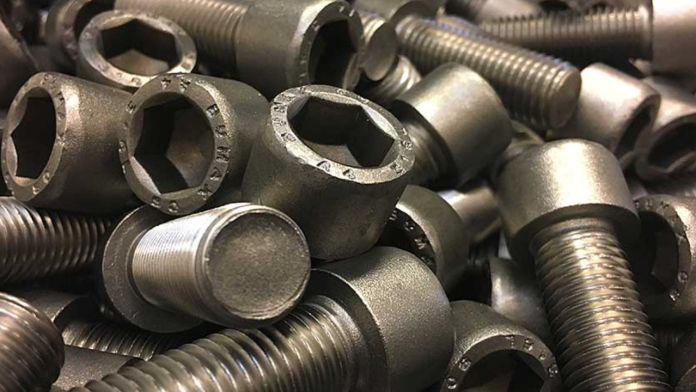The tensile quality of Stainless M6 Bolts is a significant characteristic characterizing their capacity to persevere axial loads and stand up to distortion or fracture when subjected to pressure. Increasing in value of the heap variables that shape tensile quality is vital in pinpointing the ideal bolt material, reviewing, and designing custom-made to specific applications. Variables such as material composition, warm treatment, string plan, and surface finish significantly impact the pliable quality of M6 bolts.
By comprehending these components, engineers, and specialists can fastidiously select bolts suited for differing scenarios, guaranteeing solid mechanical associations. Whether in automotive, development, aerospace, or mechanical settings, the tensile quality of M6 stainless steel jolts stands as a foundation in keeping up auxiliary judgment and operational security, underscoring its noteworthiness over a range of designing endeavors.
Variables Affecting the Tensile Quality of M6 Stainless Steel Bolts
The tensile quality of M6 stainless steel bolts may be a basic parameter that decides their capacity to resist pivotal loads and stand up to distortion or disappointment beneath pressure. Understanding the factors that influence tensile quality is basic for selecting the fitting bolt material, reviewing, and planning for particular applications.
Material Composition
The material composition of stainless steel essentially impacts the tensile quality of M6 bolts. Stainless steel combinations are defined with changing sums of components such as chromium, nickel, molybdenum, and carbon, each contributing to the alloy’s mechanical properties. Higher concentrations of alloying components for the most part result in expanded pliable quality and moved forward erosion resistance. Common stainless steel grades utilized for M6 bolts incorporate AISI 304 (moreover known as 18-8 stainless steel), AISI 316, and AISI 316L, each advertising distinctive levels of malleable quality and erosion resistance.
Warm Treatment
Warm treatment processes such as strengthening, extinguishing, and treating can altogether influence the tensile quality of stainless steel bolts. Toughening, for illustration, includes warming the material to a particular temperature and after that continuously cooling it to make strides in ductility and diminish inside stresses, resulting in improved ductile quality.
Cold Working
Cold working forms such as cold producing, cold drawing, and cold rolling can increment the tensile quality of stainless steel bolts by actuating plastic distortion and adjusting the grain structure of the fabric. Cold working operations confer strain solidifying impacts, causing disengagements and surrenders inside the gem grid, which improve the material’s quality and hardness.
Thread Design
The design of the threads on M6 stainless steel bolts can impact their tensile quality and performance. Thread geometries such as thread pitch, string profundity, and string frame influence the conveyance of push along the bolt’s length amid fixing and beneath connected loads. Coarser string pitches ordinarily result in higher tensile qualities due to expanded string engagement and load-bearing zone, though better string pitches may offer way better resistance to vibrational extricating.
Surface Finish
The surface finish of M6 stainless steel bolts can influence their tensile quality by affecting components such as grinding, erosion resistance, and weakness resistance. Smooth, uniform surface finishes diminish grinding amid fixing and offer assistance to avoid rankling or seizing of strung associations. Furthermore, surface medications such as passivation or electroplating can make strides in erosion resistance and extend the benefit life of the jolts in harsh environments.
Environmental Conditions
Natural factors such as temperature, stickiness, and presentation structure substances can influence the tensile quality of M6 stainless steel bolts over time. Elevated temperatures can decrease the mechanical properties of stainless steel amalgams, leading to diminished tensile quality and expanded defenselessness to warm development and withdrawal.
Manufacturing Forms
The manufacturing forms utilized to deliver M6 stainless steel bolts can affect their ductile quality and dimensional precision. Producing, machining, and warm treatment operations must be performed with exactness to guarantee steady material properties and mechanical execution. Varieties in fabricating parameters such as temperature, weight, and cooling rates can affect the microstructure and grain measure of the stainless steel, eventually affecting its tensile quality and overall quality.
Conclusion
The tensile quality of M6 stainless steel bolts is impacted by a bunch of components, including material composition, warm treatment, cold working, thread design, surface finish, natural conditions, and manufacturing forms. By understanding and carefully considering these components, engineers, specialists, and architects can select the fitting bolt materials, grades, and arrangements to meet the particular prerequisites of their applications.







